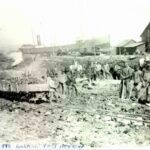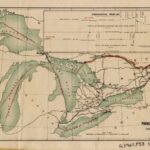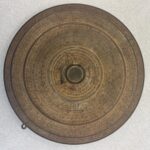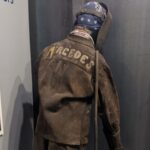The SS Meteor was launched as the SS Frank Rockefeller in Superior, Wisconsin by the American Steel Barge Company in 1896. The last remaining of only 44 “whaleback” ships ever built, it was designed by a Scottish immigrant named Alexander McDougall. The ship is 380 feet long, 45 feet wide and 26 feet deep. You may notice that the SS Meteor looks somewhat different from most steam ships of the era. That was intentional: it was not meant to look like a normal ship. This ship was designed to meet the specific requirements for shipping in the frigid choppy waters of the Great Lakes and for traveling through the shallow locks at Sault St. Marie.
McDougall’s innovative ships earned the name “whaleback” for their cigar-shaped steel hulls which rode very low in the water when loaded with cargo. This low profile was an attempt to make them more stable than other vessels. The Meteor also has a system of turrets, or rounded rooms, on its deck, which allowed the crew to move between decks and machinery spaces without letting water inside. Its unique design allowed the Meteor to be remodeled for a number of different uses. The whalebacks were also built with flat bottoms for more hauling capacity, and a conical bow and stern for improved hydrodynamics. Rounded decks allowed waves to wash over much of the ship instead of pounding against the bulwarks as they would on a conventional steamer.
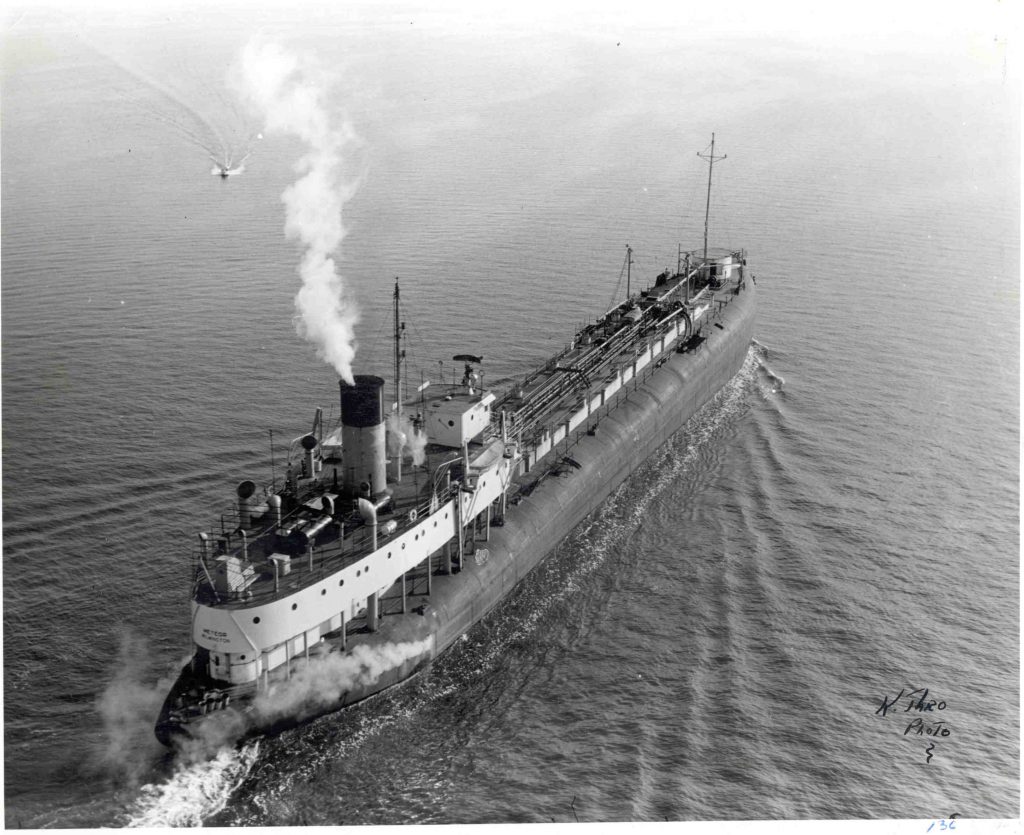
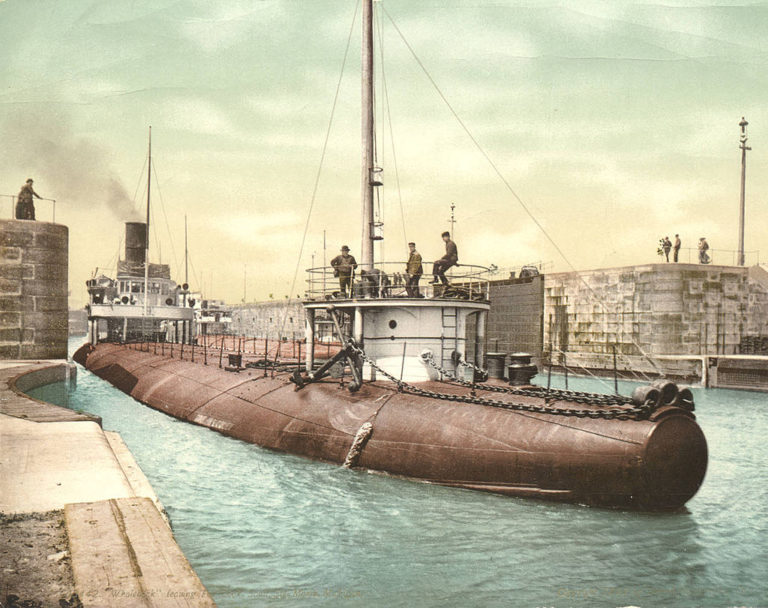
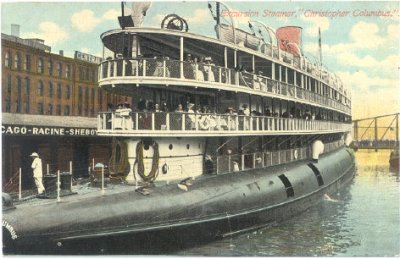
Whaleback ships are a product of the Great Lakes. Of the 44 whaleback ships ever built, all but two were assembled in the Twin Ports of Duluth, Minnesota and Superior, Wisconsin. Of the two that were assembled elsewhere, one was on the west coast by a short-lived shipbuilding company created by McDougall, while another ship was built in Europe after one of McDougall’s whalebacks made an impression there during an overseas expedition. Throughout his life, McDougall had a hand in the workings of numerous shipyards across North America, and he even designed the only passenger whaleback, the Christopher Columbus, which ferried more than 1.5 million fairgoers during the Chicago World’s Fair in 1893.
McDougall’s whaleback ships were built to meet the specific conditions of Great Lakes shipping at the end of the nineteenth century. They were meant to be small and pull barges behind them when the locks could only accommodate a small capacity. However, at the turn of the century, the canals connecting the lakes were improved to allow deeper, wider, and longer ships to pass between the lakes. By the early 1900s, conventional ships had reached 600 feet in length—nearly twice as long as a whaleback ship. In the size race that began in the late 1890s and inspired the renovations to the locks, the relatively shallow and short whalebacks could not compete. Although no whalebacks were built after 1898, many of them continued to travel the lakes for decades before they were scrapped for various reasons.
Written by Dara Fillmore, October 2017.

Superior Public Museums
This object is owned and operated by the Superior Public Museums in Superior, Wisconsin. Research for this object essay and its related stories was supported by the museum.
